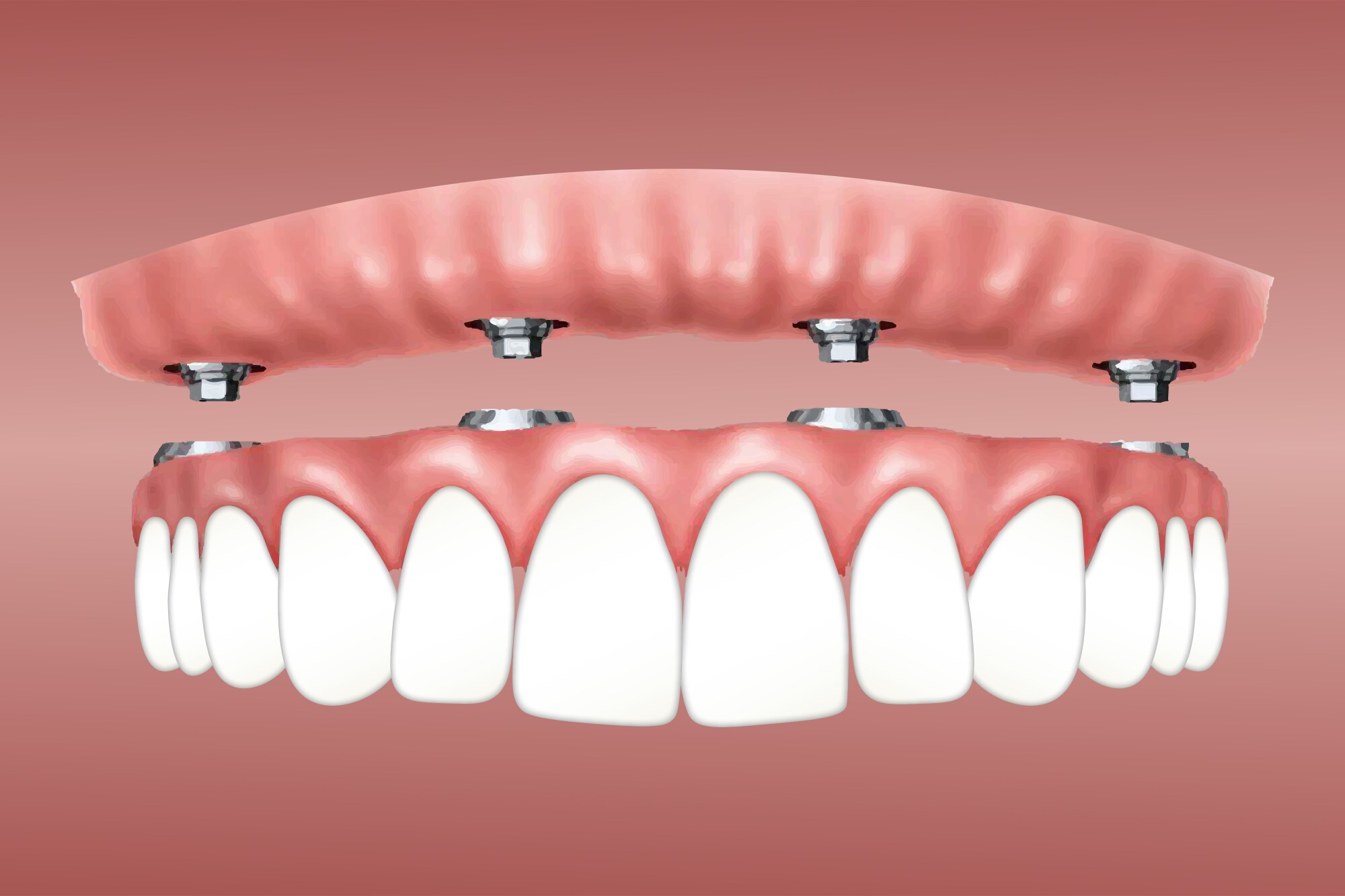Rumored Buzz on Dental Sense
Rumored Buzz on Dental Sense
Blog Article
The Best Strategy To Use For Dental Sense
Table of ContentsThe Ultimate Guide To Dental SenseSome Ideas on Dental Sense You Need To KnowThe 3-Minute Rule for Dental Sense9 Simple Techniques For Dental Sense
are medical tools operatively dental implanted into the jaw to recover an individual's capability to chew or their appearance. They provide assistance for man-made (phony) teeth, such as crowns, bridges, or dentures. When a tooth is shed because of injury or illness, an individual can experience difficulties such as fast bone loss, defective speech, or adjustments to chewing patterns that result in pain.Oral implant systems include a dental implant body and dental implant abutment and might also consist of a joint fixation screw. Cosmetic dentistry services. The dental implant body is operatively put in the jawbone instead of the tooth's root. The oral implant joint is normally attached to the implant body by the joint fixation screw and extends via gums into the mouth to sustain the connected fabricated teeth
(https://www.domestika.org/en/dentalsense1)Framework of The Dental Implant System selecting dental implants, talk to your oral company about the prospective benefits and threats, and whether you are a prospect for the procedure. Points to think about: Your general health is an essential factor in figuring out whether you are an excellent candidate for oral implants, the length of time it will require to recover, and exactly how long the implant may stay in area.
Smoking may influence the recovery process and lower the long-lasting success of the dental implant. The healing procedure for the implant body may take a number of months or longer, throughout which time you normally have a short-term abutment in place of the tooth. the dental implant treatment: Very carefully adhere to the dental health instructions offered to you by your oral provider.
Dental Sense Fundamentals Explained
Implant failure can cause the need for another surgery to take care of or replace the dental implant system. Brings back the capability to eat Brings back cosmetic look Assists keep the jawbone from reducing as a result of bone loss Maintains the health and wellness of the bordering bone and periodontals Aids maintain surrounding (close-by) teeth secure Enhances top quality of life Damages to bordering all-natural teeth throughout dental implant positioning Injury to the surrounding tissues throughout surgery, such as sinus perforation Injury throughout surgery (for instance, crack of bordering jawbone) Insufficient feature, such as seeming like the teeth do not bite with each other generally A feeling that the tooth hangs or turning in position arising from an abutment screw loosening up Implant body failing (looseness of the dental implant body) as a result of systemic infection, which might be more probable in individuals with unchecked diabetes mellitus due to neighborhood infection in bone and gum tissues supporting the implant body due to delayed recovery, which might be most likely in patients that smoke Trouble cleaning the periodontals around the implant, leading to poor dental health Unattended periodontal disease Post-surgical numbness because of nerve impingement or damages Always inform health and wellness care providers and imaging professionals that you have oral implants prior to any type of magnetic resonance imaging (MRI) or x-ray procedures.
FDA is not knowledgeable about any damaging events reported for MRI or x-ray procedures with oral implants. Dental view it now implants systems are usually constructed from products that comply with global consensus standards of the International Organization for Standardization (ISO) or ASTM International. These requirements have details of what makes a risk-free product.

A dental implant is a structure that replaces a missing out on tooth. With screw-like gadgets, the doctor inserts a dental implant into the jawbone, and it functions as an anchor for a man-made tooth, called a crown. A tool called a joint connects the fabricated tooth to the oral implant. The crown is customized to fit the individual's mouth and match the shade of their teeth.
Some Of Dental Sense
Some individuals are not eligible for oral implant surgical procedure. It is for dental cosmetic surgeons to operate individuals with: acute illnessuncontrollable metabolic diseasebone or soft tissue condition or infectionIf these concerns are fixed, an individual can have the surgical treatment. In, dental surgeons avoid operating individuals with: If individuals with any one of the above undergo oral implant surgical treatment, there is a higher danger of the implant stopping working.

Dental dental implant surgery is a customized process. Offer you time to heal. Attach the blog post and final crown, bridge or denture.
Next off, your surgeon will carefully position the oral implant into your jaw. Lastly, your surgeon will rearrange your periodontals and shut the incision with stitches. If your dental implant is near the front of your mouth, your dentist will make a temporary tooth for you to wear until you recover. By doing this, you will not have a gap in your smile while you recoup.
Dental Sense Fundamentals Explained
Throughout the recovery phase, your jawbone should fuse to the dental implant. This procedure can take anywhere from 3 to nine months.
As soon as your implant heals, your dental practitioner can connect the joint (small connector message) and your last restoration (crown, bridge or denture). This normally takes about one hour to complete and may need a second small surgery. You should not feel any kind of pain during your dental implant procedure because your provider will certainly utilize medication to numb your gum tissues.
Report this page